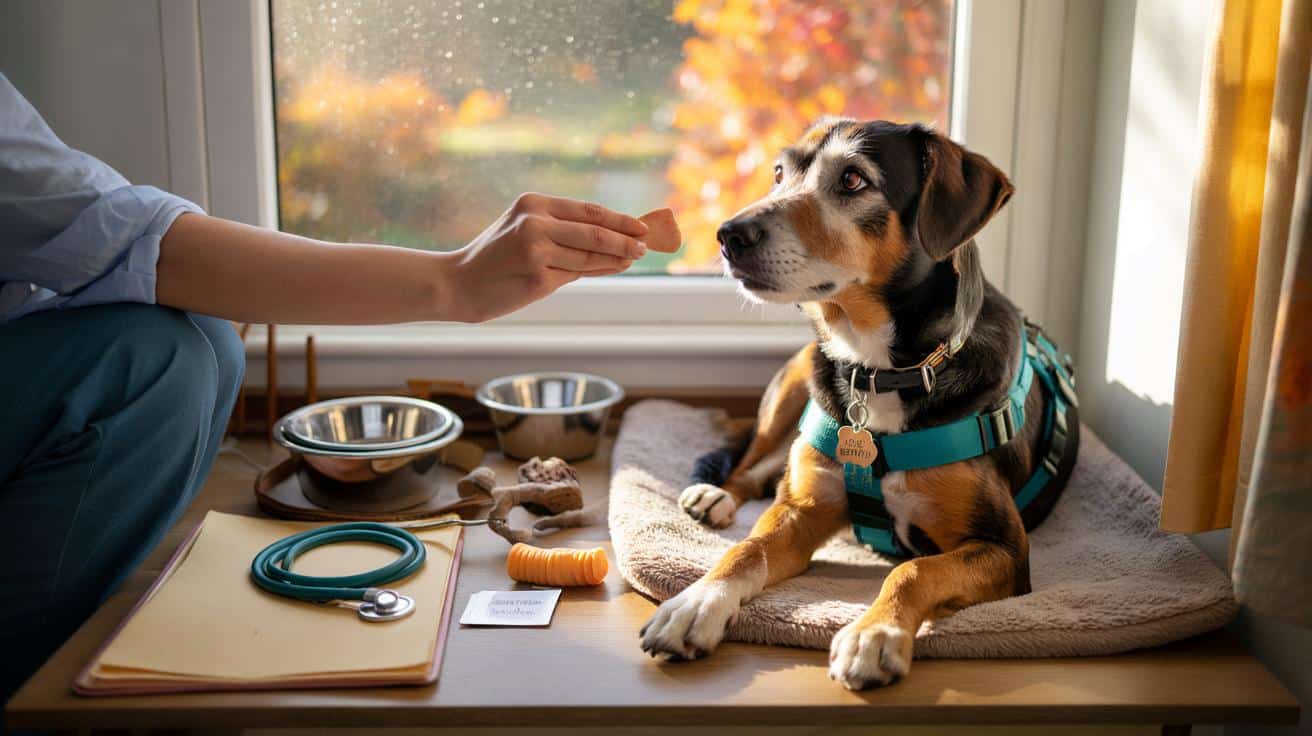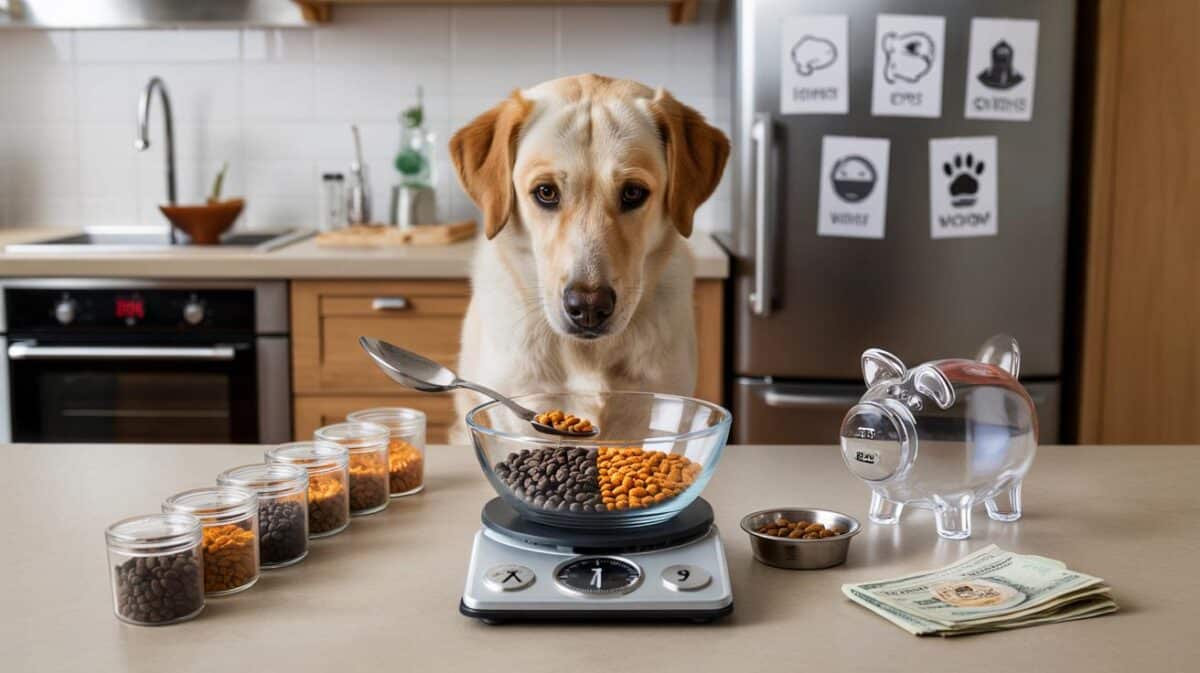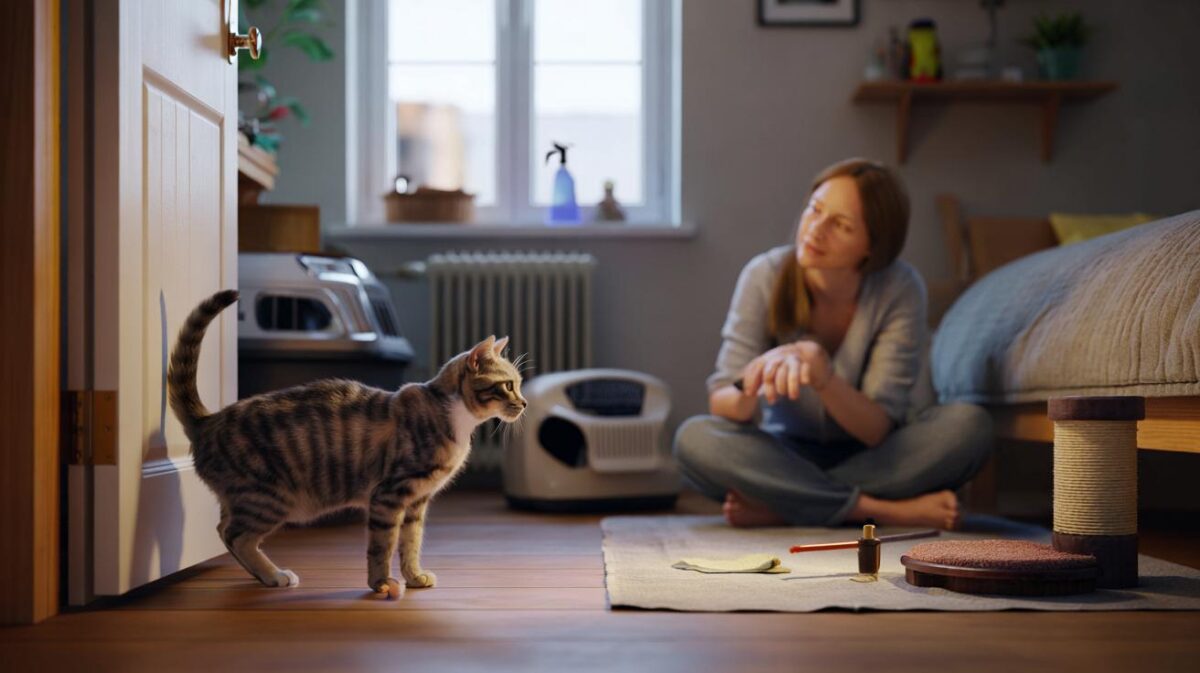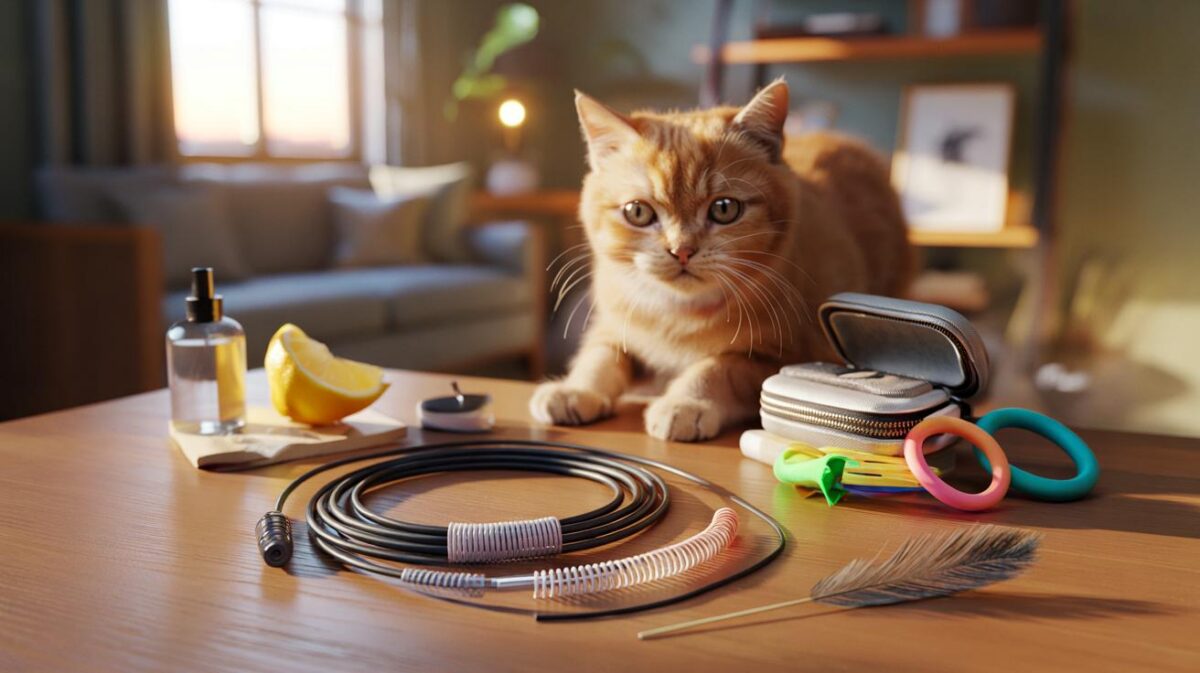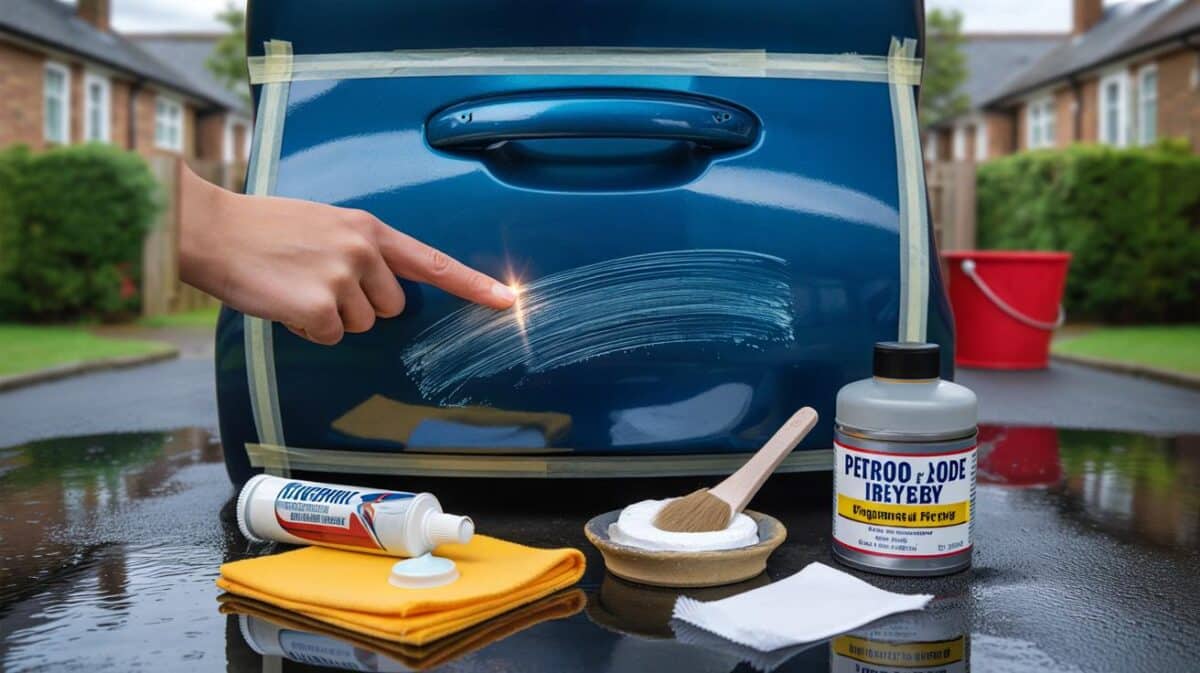Rescue centres report brisk weekend footfall, with many families now choosing fully grown companions over puppies. Before you sign the forms, plan your first 90 days: calm routines, smart spending and steady socialisation turn good intentions into a settled home.
Autumn surge puts adult dogs in the spotlight
Shorter days bring more indoor time and a search for routine. Adult dogs fit that mood. They often arrive house-trained, with lower energy than young pups. Yet many return to kennels within weeks because new owners rush greetings, skip structure, or misread stress.
The fastest wins come from three basics: one safe base, one routine, one calm handler.
Your first 72 hours: calm, routine, zero pressure
Set up a safe base
Choose a quiet corner away from hallways and speakers. Add a bed, two bowls, and two or three chew-safe toys. Keep it draft-free and warm. If the dog brings a blanket from a shelter, keep it for familiar scent. Fit a well-sized harness before the first walk.
Food, walks and sleep on a clock
Feed at set times, twice daily for most adults. Offer water at all times. Keep early walks short and predictable, using the same streets. Keep visitors away for day one. Gentle touch beats constant fuss. If the dog seeks space, let them have it.
Think low arousal: short walks, short play, short training, long rests.
The 3-3-3 rule explained
Adopters swear by a simple timeline that matches many adult dogs’ pace.
- 3 days: decompression. Expect long sleeps, patchy appetite, and clinging or hiding.
- 3 weeks: routine sets in. House rules start to make sense; quirks appear.
- 3 months: the dog feels safe enough to show true personality and settle deeply.
Progress is rarely linear. Plan for dips, then return to basics: space, structure, gentle reinforcement.
Seven mistakes that trip new adopters
- Rushing greetings: parading the dog through friends, parks and shops on day one.
- Free roaming too soon: giving the whole house before toilet habits stabilise.
- Mixed messages: several people cueing different rules on sofas, doors and food.
- Punishing fear: scolding barking or growling, which raises anxiety and can escalate risk.
- Unfitted kit: a loose harness or collar that slips during a startle on the pavement.
- Skipping enrichment: no sniff games or chew outlets, which can lead to pacing or chewing furniture.
- Delaying the vet: missing a baseline check, vaccinations, parasite control and dental review.
Health checks and insurance: what to book and when
Arrange a vet visit within the first week. Bring any rescue records. Ask about vaccination gaps, microchip details, body condition score, teeth, joints and any cough or itch. Discuss diet and portion sizes for a healthy weight. Book parasite protection and a booster schedule.
Set up insurance before the first long walk. Many policies exclude conditions noted before cover starts. Choose a lifetime policy if budget allows. Note excess, annual limits and dental terms. File your policy number in your phone and on a tag.
Budget the first 90 days: what £1,200 really buys
Costs vary, but this sample breakdown shows where money goes early on. Prices are estimates for the UK.
| Item | When | Estimated cost (£) |
|---|---|---|
| Adoption fee | Day 0 | 150–250 |
| Vet check, vaccinations, microchip update | Week 1 | 90–180 |
| Harness, lead, ID tags, bed, bowls, crate | Week 1 | 120–220 |
| Food and treats (3 months) | Weeks 1–12 | 120–180 |
| Parasite prevention (3 months) | Weeks 1–12 | 45–75 |
| Insurance (3 months) | Weeks 1–12 | 120–210 |
| Training sessions (2–4 small groups) | Weeks 2–10 | 80–160 |
| Total estimated range | 90 days | 725–1,275 |
Plan a buffer of £200 for surprises: tummy upsets, a second bed, or a sturdier harness.
Socialisation without overwhelm
Meet family members one by one. Keep voices low. Pair each approach with something the dog enjoys: a sniff, a gentle chest rub, a soft treat. Walk new routes at quiet times. Cross the road to avoid tight spaces. Use a harness with a double-clip lead for security. Build up bus stops, cafés and lifts in short, calm doses.
Keep sessions tiny and frequent
Two minutes of loose-lead practice beats a fraught 20-minute march. Target three mini-sessions a day: one on lead, one on settled mat time, one on recall games indoors. End while the dog still succeeds.
When behaviour wobbles, read the signs
Stress shows up early in the body. Watch for pinned ears, lip licking, head turns, slow motion, or sudden stillness. Create space and reduce demands when you see these signals. Swap to quiet activities such as scent work or foraging in a snuffle mat. Grow confidence with easy wins like “find it” or “hand target”.
A growl is information, not a crime. Pause, give distance, change the picture, then coach a calmer option.
Positive reinforcement that actually works
Mark calm choices the moment they appear. Reward four paws on the floor, eye contact at the door, and a loose lead step. Use food your dog values, then fade to life rewards: doors opening, walks starting, toys tossed. Keep sessions short. Track progress on paper so the family stays consistent.
Setting the house rules that stick
Agree the non-negotiables before the dog arrives. Sofa or not? Bedroom access? Door manners? One rulebook prevents confusion. Add baby gates to manage space. Crate time should feel like a nap, never a time-out. Rotate chew items to keep interest high.
Practical extras that make the transition smoother
- Use a temporary tag: your phone number, the rescue’s number, and the microchip ID.
- Store food in sealed tubs to keep scent strong and pests out.
- Log toilet times to spot patterns and prevent accidents.
- Keep a “go-bag” by the door: spare lead, poo bags, wipes, and a few high-value treats.
Two add-ons that pay off fast
Short car practice lowers travel stress. Start with doors open, engine off, treat for calm paws in the boot or crate, then build to a five-minute loop. A weekly weigh-in at home or at the vet tracks diet choices better than the eye. Shifts of 0.2–0.5 kg matter on medium dogs.
Consider a simple decompression plan: three quiet days, three familiar walks, three trusted people. If setbacks pop up—like barking at the window—block the view, hand the dog an easy chew, and rehearse calm with a mat cue. Small, steady steps keep your new companion safe and help that second chance become a daily habit.
